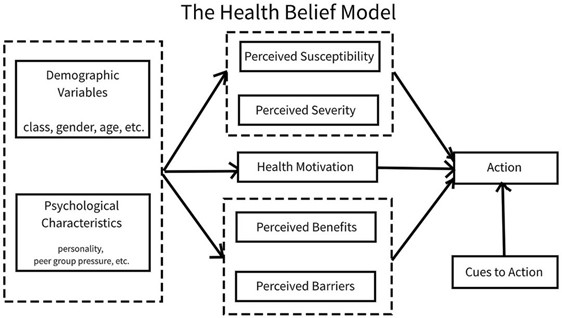During labor a fetus with an average heart rate of 135 beats/min over a 10-minute period would be considered to have:
Tachycardia.
Hypoxia
Bradycardia.
A normal baseline heart rate
The Correct Answer is D
The baseline fetal heart rate is the average heart rate over a 10-minute period, excluding accelerations and decelerations, and is an important indicator of fetal well-being during labor.
A baseline fetal heart rate of 110-160 beats/min is considered normal. A baseline heart rate of less than 110 beats/min is considered bradycardia, which can be a sign of fetal distress or hypoxia. A baseline heart rate greater than 160 beats/min is considered tachycardia, which can also be a sign of fetal distress or hypoxia.
Nursing Test Bank
Naxlex Comprehensive Predictor Exams
Related Questions
Correct Answer is C
Explanation

Correct Answer is D
Explanation
The biophysical profile (BPP) would yield more detailed information about the fetus in this scenario. The BPP is a prenatal ultrasound evaluation that assesses fetal well-being by evaluating five biophysical variables: fetal breathing movements, fetal movements, fetal tone, amniotic fluid volume, and fetal heart rate. The BPP is a more detailed assessment of fetal well-being compared to a nonstress test and can provide valuable information about the fetus's overall health and well-being, including any potential issues or difficulties.
MSAFP screening is a blood test that can detect certain fetal abnormalities, but it does not provide detailed information about fetal well-being.
Percutaneous umbilical blood sampling (PLBS) is an invasive test that is used to obtain a sample of fetal blood for testing in cases of suspected fetal anemia or other blood disorders. Ultrasound for fetal anomalies is a diagnostic tool used to detect structural abnormalities or defects in the fetus. While it can provide some information about fetal well-being, it is not as comprehensive as the BPP in evaluating fetal health and wellness.
Whether you are a student looking to ace your exams or a practicing nurse seeking to enhance your expertise , our nursing education contents will empower you with the confidence and competence to make a difference in the lives of patients and become a respected leader in the healthcare field.
Visit Naxlex, invest in your future and unlock endless possibilities with our unparalleled nursing education contents today
Report Wrong Answer on the Current Question
Do you disagree with the answer? If yes, what is your expected answer? Explain.
Kindly be descriptive with the issue you are facing.
